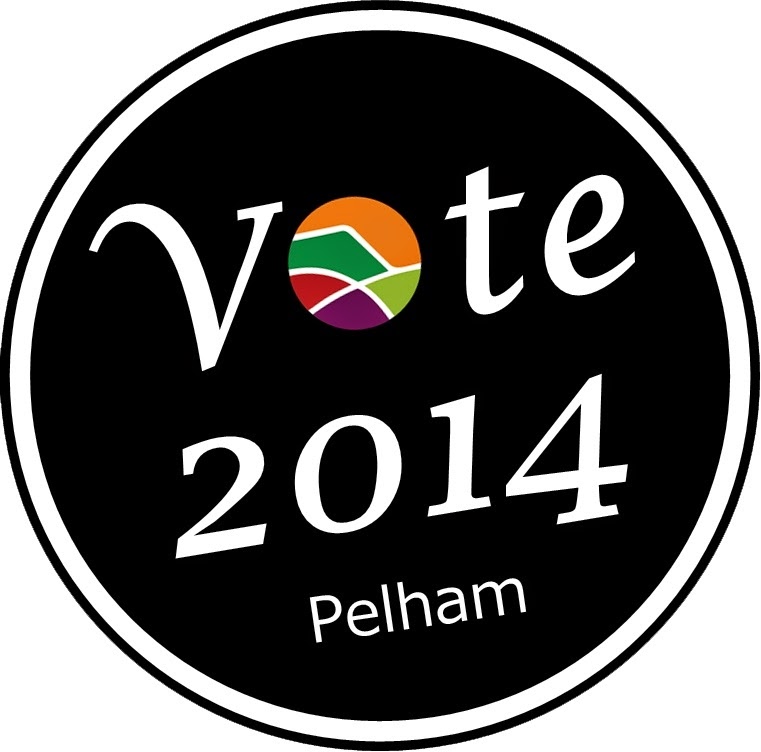More Open than Ever:
Except for some very limited and well prescribed situations, all of Council’s business must be done in public and in the open.
To help facilitate this, we publish our agendas in advance of our meetings and publish our minutes on our website after each meeting. Over the last couple of years, we have taken additional steps to be even more open and transparent by posting video recordings of our meetings on the Town’s website. TV Cogeco also records and broadcasts our meetings. And, for the last year or so, we also publish and distribute “Council Highlights” – a roundup of key elements from our Council and Committee meetings.
Ontario Ombudsman:
While Council and I are committed to being open and transparent, occasionally, portions of Council’s meetings need to be closed to the public; we call this “in camera” – which in Latin means “in private.”
Why is that?
The Ombudsman for Ontario publishes a guide entitled “The Sunshine Law Handbook: Open Municipal Meetings in Ontario.” In that book he writes:
“Why does the legislation permit closed meetings?“While transparency of municipal governance should be maximized as far as possible, the Municipal Act, 2001 recognizes that there may be certain situations in which the privacy of an individual should be respected, or where open meetings would not serve the public interest, or the interests of the municipality.”Generally speaking, the Ontario Municipal Act allows for Councillors to meet “in camera” regarding three things: land, legal, and labour matters. That means that when we discuss the potential purchase or sale of a specific property, the hiring of a specific individual, or receive legal advice, we can hold the discussions in private. The legislation allows this to protect the privacy of individuals and the best interests of the Town.
The Facts:
During 2014, there have been 44 Council meetings. In addition, we met as Committee of the Whole 16 times and as Policy & Priorities Committee nine times. We have also convened 25 Special Meetings; these meetings include the creative problem solving sessions we held regarding the future of Maple Acre Library, strategic planning, and new Council orientation.
Most times we include an in camera session or meeting into a Council meeting. We have had 29 closed sessions in 2014 with 48 agenda items. (Compare this to the Township of West Lincoln with 70 closed session agenda items and the Niagara Region with more than 130 items for the same period.)
Land:
Seventeen agenda items in 2014 dealt with property or leasing issues. For example, we discussed the potential Memorandum of Understanding with Wellspring during three of those meetings – and then made the agreement public and eventually approved the agreement during a regular Council meeting on April 7.
Similarly, we discussed the potential lease of the arena to the Pelham Pirates during three closed sessions in mid-July; then, after it become available publicly on July 18 and we approved an agreement on July 21.
We purchased small bits of property to help with road construction – on Port Robinson Road (from the District School Board of Niagara, at the base of Mason Drive, and on Station Street to extend Pelham Town Square; those initial reports came to Council in closed session so we could discuss their parameters. Each were also approved publicly shortly thereafter.
We also met four times in 2014 to discuss the agreement to sell 7.7 acres of East Fonthill land to the Allen Group to build a new Medical Centre and retirement home; we had to work on those matters privately so that we could get the great results we achieved for the Town.
Labour:
We also discussed labour relations or employees negotiations 14 times in 2014. For example, three of those times dealt with the recruitment of a new Director of Planning. Seven of our sessions included establishing a new performance management system, a pay equity review, and the vacation policy; these too became publicly available after our discussions. During two of our sessions this past summer, we reviewed the performance of the Chief Administrative Officer.
Legal:
Eight sessions dealt with routine legal matters. These included matters like legal advice about the appeal of the Town’s Official Plan at the Ontario Municipal Board, the potential for an easement on properties, and status updates on other legal and insurance matters. One session was the orientation of the new Council with all legal matters.
Education:
Finally, the Municipal Act allows for “in camera” education sessions for Councillors; we convened three sessions in 2014. Two sessions were about the Town’s insurance coverage; the other, information months in advance about Exercise Stalwart Guardian – the 5,500 soldiers that came to Niagara in August for a military training exercise.
I hope that this information helps you appreciate why meeting “in camera” helps to respect and protect the privacy of individuals and, as the Ombudsman says, the “interests of the municipality.”


























